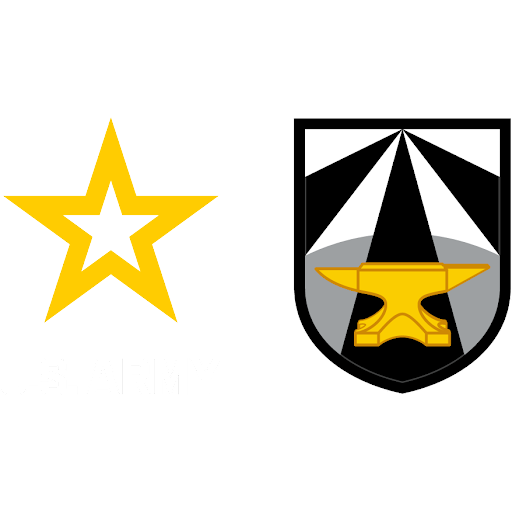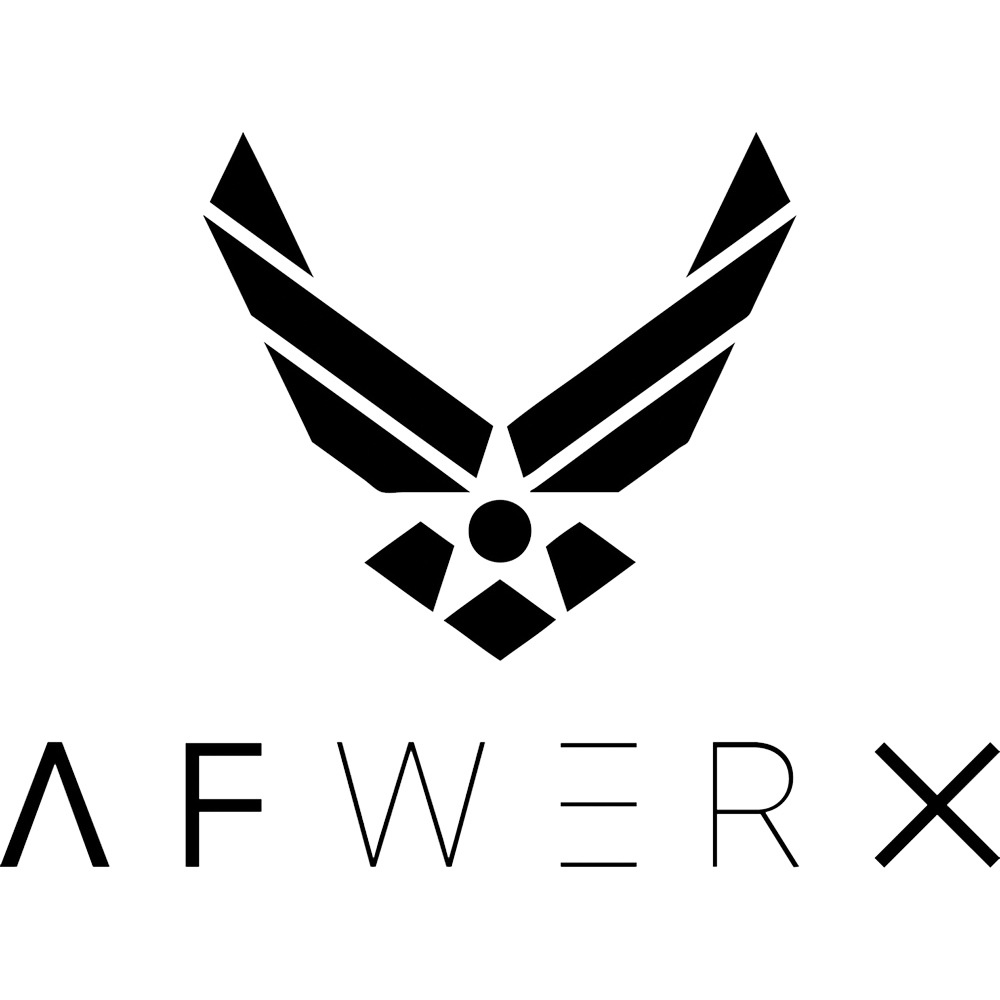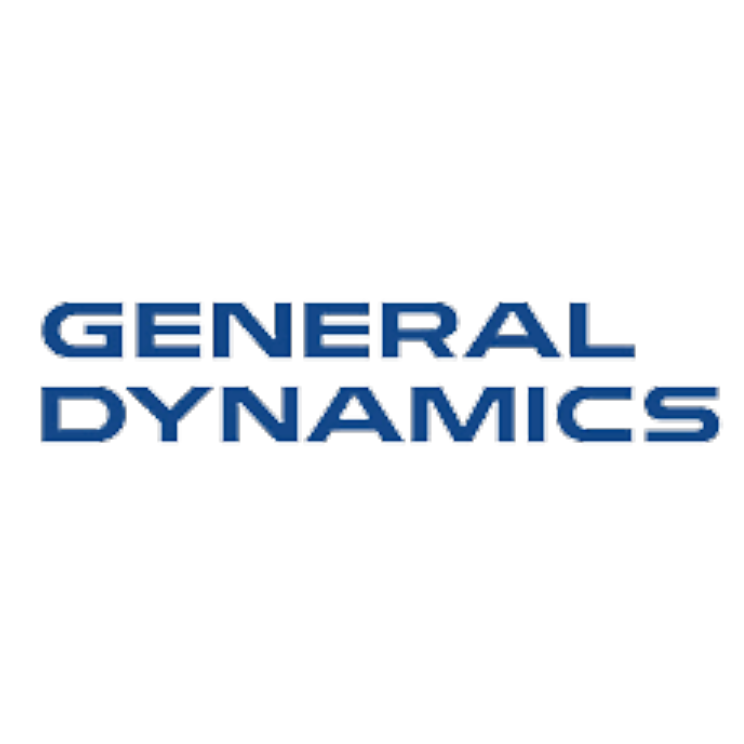
S O L I C I T A T I O N S
For Israeli CET startups, we provide access to U.S. solicitations for Critical and Emerging Technology, including requests from the innovative technology acquisition groups inside the U.S. government, the Primes, and others.
The latest solicitations include…
Undersea Command, Control, Communications
The Defense Innovation Unit of the DOD has opened a solicitation — in coordination with the UK and Australia — regarding innovations that enable the “synchronization and teaming of multiple undersea systems.”
Drone in a Box
A group within the U.S. military is looking to identify production model solutions for a “configurable multidomain system” capable of performing a variety of missions related to uncrewed aircraft systems and uncrewed ground systems.
Operator Portable Oxygen Generation Device
A group within the U.S. military is looking to improve oxygen therapy at point-of-need in an austere prehospital environment. The goal is to develop a field instrument that is "rugged, compact, and able to provide oxygen to patients and oxygen generation capabilities as far-forward as possible to reduce the need for oxygen cylinders."
Aviation Goggle Mount; Night Vision Goggle
A group within the U.S. military is looking to research and develop an innovative “Aviation Goggle Mount” capability that will be employed on various aviator helmets with various night vision goggle systems, and will interface with an Aviation Night Vision Imaging System mount that is used by Special Operations Forces.
Gliding Offensive Lightweight Unmanned Munition
A group within the U.S. military is seeking to identify solutions for a precision glide munition that is smaller than the GBU-69 and that can be delivered by light-weight uncrewed aircraft. Specifically, the U.S. government is interested in the development and eventual fielding of a “low-cost, light-weight, precision, unpowered, air-launched glide munition” to fill the gap for glide munitions smaller than the GBU-69 for use by U.S. Special Operations Forces.
Digital Engineering Platform for Integrated Circuits
A group within the U.S. military is seeking a digital engineering platform to accelerate the design and validation of integrated circuits; the current manual process of designing electronic chips — which are critical components in legacy and modern military systems — is time-consuming, iterative, and error-prone. And the shortage of skilled analog designers has created even more bottlenecks in the development pipeline.
This entity is seeking a digital engineering platform for analog integrated circuits, and for applications that require “the unique performance characteristics of analog, mixed-signal, photonic, and hybrid chips.” Israel CET startups that have related technologies should complete the form below.
Automated Marine Vessel Inspection Technology
A group within the U.S. military is seeking to identify solutions capable of assisting personnel with visual inspection in “confined spaces on marine vessels.”
This group is interested in remotely operated vehicles or other robotic tools to enter a confined space on vessels to perform some or all visual inspection functions (e.g., welds/paint coverage, paint thickness readings, NDT steel thickness readings, small leaks, etc.). Israeli CET companies with related tech. should respond.
Advanced Materials, Human-Machine Interfaces
A group within the U.S. military is seeking improved capability for displaying information using an “optical see-through near-eye display.”
Current technology can either not perform in sunlight environments or must permanently (while wearing it) darken the world in an obtrusive way. This special operations group is seeking a capability that is effective during bright sunlight and while wearing night vision goggles. Israeli CET companies with related technologies and capabilities should respond.
Advanced Autonomy Within Ethical Boundaries
A group within the U.S. military is seeking ways of mapping autonomous systems to legal and ethical frameworks.
Homeland Security and Defense units must utilize advanced autonomy while also upholding legal and ethical boundaries. How will these units enable formations to act decisively within those ethical requirements? What new innovations can give them an advantage while still operating within their legal framework? Israeli startups with experience here should respond.
Retrofitted, Integrated Autonomy in Legacy Systems
A group within the U.S. military is seeking ways of integrating autonomy into legacy equipment. As they put it, “Let me use the stuff I have.”
The U.S. Army, for example, has a lot of equipment that is not autonomous, but performs certain tasks well. How can autonomy improve existing platforms to take advantage of the reliability, familiarity, and trust these legacy systems offer? Israeli CET companies with experience retrofitting military and defense equipment with autonomous systems should respond.
Aided Target Recognition
A group within the U.S. military is seeking “show me where to look” capabilities for target recognition.
This particular agency has “been working on aided target recognition for years,” and with great success. However, recent advancements in decision making tools, sensors, and advanced algorithms have created new opportunities for innovation. Israeli CET companies with experience with machine-enhanced detection, resource recommendation, and adjudication should respond.
Hardening Robotic Systems in Extreme Environments
A group within the U.S. military needs solutions for hardening robotic systems for harsh environments.
As anyone in the IDF knows, robots don't work well in harsh conditions: Extreme heat and even nighttime conditions are problematic, causing frequent recharging, refueling and maintenance. What approaches can help maximize the use of available resources in the environment, exploiting resources in the theatre of operations, and provide endurance and resilience to human-machine integrated formations? Israeli startups with experience hardening robotic systems should respond.
Machine-to-Machine Cooperative Behavior
A group within the U.S. military is trying to deploy more robotic assets without introducing more operators.
Currently, most robotic assets require multiple operators. This division of the U.S. military must develop systems that enable machine-to-machine cooperative behavior, while also reducing the number of humans needed to control robotic systems. How can they achieve a high volume of robotic assets while minimizing the number of operators needed? Israeli startups with related experience and capabilities should respond.
Human-Machine Integrated Formations
A group within the U.S. military is focused on optimizing workload in human-machine integrated formations.
In short: Humans are best at value-based decisions, assessing and accepting risk, and practicing the art of command and control. Machines, on the other hand, are best suited for moving, sensing, and delivering effects to the enemy. How can functions in an “HMI” formation be optimized so each performs the tasks they do best? Israeli startups with solutions optimizing human-machine integrated formations should respond.
Counter Autonomy, Counter-Drone Solutions
We are working with one of the U.S. primes to help them identify counter-autonomy solutions in Israel, including identification, jamming, hacking/spoofing, and counter-drone technologies.
We will be delivering a report to them on relevant Israeli companies and capabilities later this month. If your company has related capabilities, and if you’d like your solution to be considered for inclusion, please submit your information using the button below.
Counter Unmanned Aircraft Systems
A Department of the U.S. government is looking to address the growing threat of adversarial unmanned aircraft systems.
Specifically, this Department is looking to improve current command and control systems, which are not optimized to address the speed at which kill-chain decisions need to made (detect, track, identify, assess, defeat). A tactical edge-based command and control system is needed that enables a single operator to manage multiple targets, including counter swarms of unmanned systems.
Advanced Batteries for Unmanned Systems
A Department of the U.S. government is looking to address critical energy storage challenges as the demand for reliable solutions grows.
This group is seeking commercially proven, rechargeable battery cells to meet the performance needs of small unmanned aerial systems. The solutions must meet specific Technology Readiness and Manufacturing Readiness Level, which we can help you understand. There are also specific minimal charge and discharge rates, which we can send companies that are interested in responding to the solicitation.














